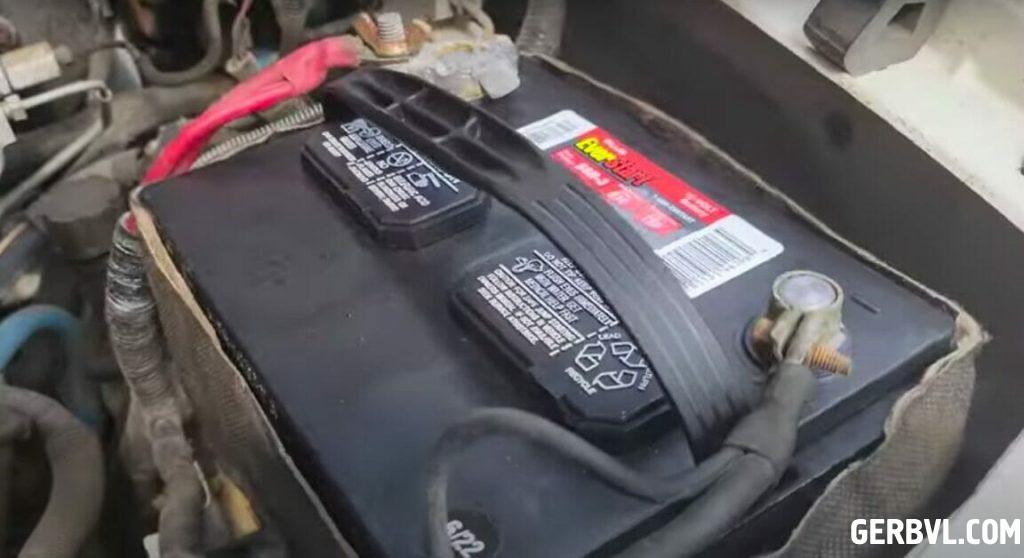To get the most of your car, you must comprehend how it is put together, the implications of the design decisions taken prior to construction for your maintenance schedule, and the typical mistakes you should avoid. Though it may seem laborious, learning about the machine in front of you doesn’t need you to be a technician.

Make sure you know the different types of batteries and how to choose which is best for your car if you’re planning to replace or even just update your battery before it runs out. It’s likely that you will have to choose between a few different battery types for your automobile, so knowing which models are the newest and most efficient will help you make the right decision.
THE IMPACT OF CAR BATTERY TYPE ON PERFORMANCE
Because every battery design has a varied performance range, battery type has a subtle but significant impact on performance. Their structure also dictates how quickly they charge and how much energy they can store, even if their voltage differences are negligible. Modern structures usually reserve several battery types for usage in boats and leisure vehicles, but you should always find out what sort of battery you have before making an upgrade purchase. We make it easy to select the correct powersport and marine battery by sorting them according to application.
Make sure the batteries you buy fit the power requirements of your automobile as well as the climate where you live, as battery styles might have an impact on the ideal temperature range for operations. It’s crucial to keep in mind that the battery’s voltage, maximum capacity, and cranking power are what count when it comes to your car. To gain better performance in extremely cold or hot conditions, switching to a different type of battery can be an option.
A CAR BATTERY IS WHAT KIND OF BATTERY?
The majority of car batteries found in cars manufactured after the end of the 20th century are either flooded cell batteries or a variant on them. Distilled water can be used to refill the liquid electrolyte found in flooded cell batteries. Sealed versions of these batteries, which supposedly never need to be recharged, have proliferated in recent decades. The idea behind sealed batteries is that the electrolyte won’t dry out and won’t need to be refilled with water if there isn’t a route for it to evaporate.
Although they are less prevalent in today’s automotive market and more likely to be found in boats, scooters, and recreational vehicles, the following other noteworthy battery types can be produced in the power range and capacity to drive your car. It’s important to comprehend performance batteries’ unusual designs before making a decision to replace them because they frequently employ them to accomplish a variety of objectives.
Batteries with valve regulation
These are a different type of sealed battery, thus the only maintenance required by the user is to recharge it if it runs too low. They differ slightly from conventional sealed flooded wet cell batteries in that they include complex valve designs that prevent electrolyte from overflowing or moving to other areas of the battery. AGM and gel cell formats are two of the styles in which they can be produced. Because they are so much more difficult to disturb by jostling or upending than earlier designs, they represent the state of the art in design today.
Batteries for gel cells
With the benefits of a fluid electrolyte without the instability and spillage risk, gel cells represent the pinnacle of electrolyte design. Gel cell batteries are more consistently efficient under a variety of driving conditions since they are easier to maintain at all temperatures. Dry cell batteries are typically more costly and less likely to have an extended lifespan. However, a battery’s functioning range is still limited, so before purchasing any battery for your automobile, be sure to look at its temperature rating.
BATTERIES FOR DRY CELLS
When attempting to cram a lot of power into a small space, dry cell batteries can be positioned in any configuration and avoid spilling. They function similarly to wet cell batteries, using a glass mesh to absorb the electrolyte.
DEEP CYCLE BATTERIES
Because they are the primary component for storage in many campers with power systems, these batteries are quite popular in recreational boating and camping. Their vast power capacity allows them to have a lengthy operating life and be recharged. They require a considerable amount of time to fully charge, but their continuous power can make them perfect for a variety of demanding tasks. Even though they are less popular in the automobile industry, performance battery designers who want to optimize the battery’s continuous output are drawn to them.
If you purchase the correct design, deep cycle batteries can power additional lighting and environmental systems, enable longer accessory use while the engine is not running, and offer a deeper pool of power for higher cranking output in cold weather.
